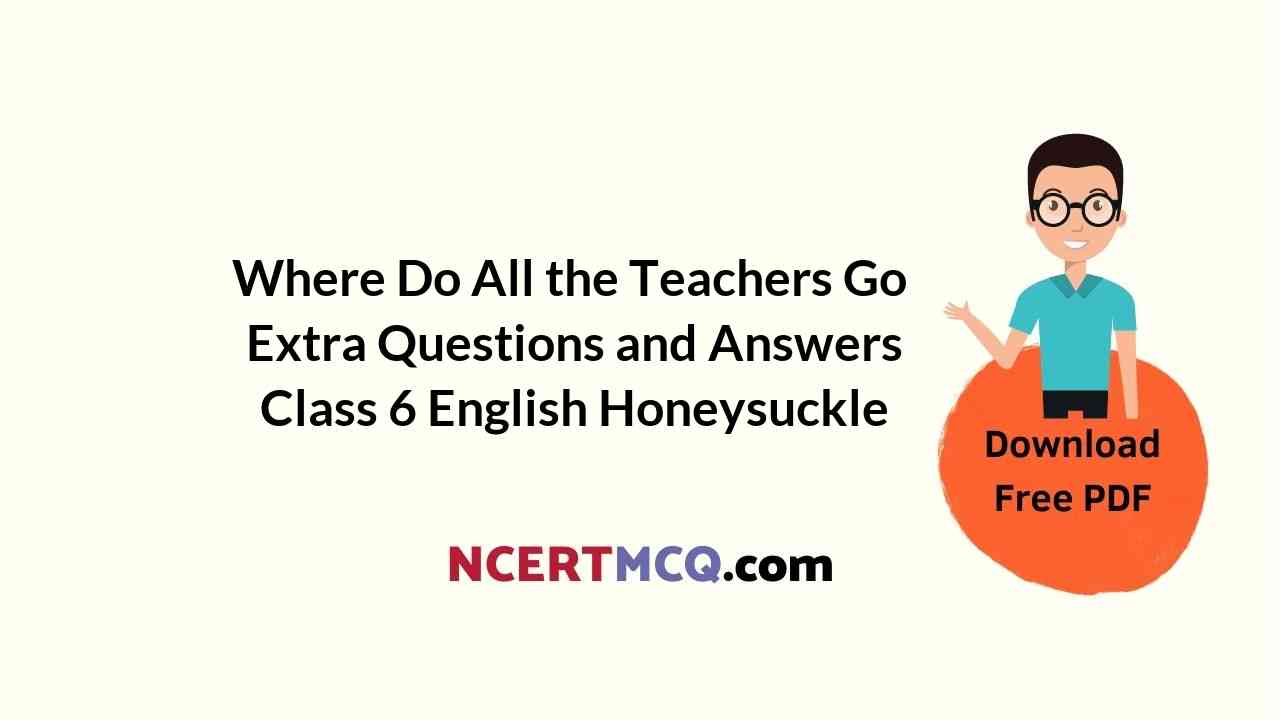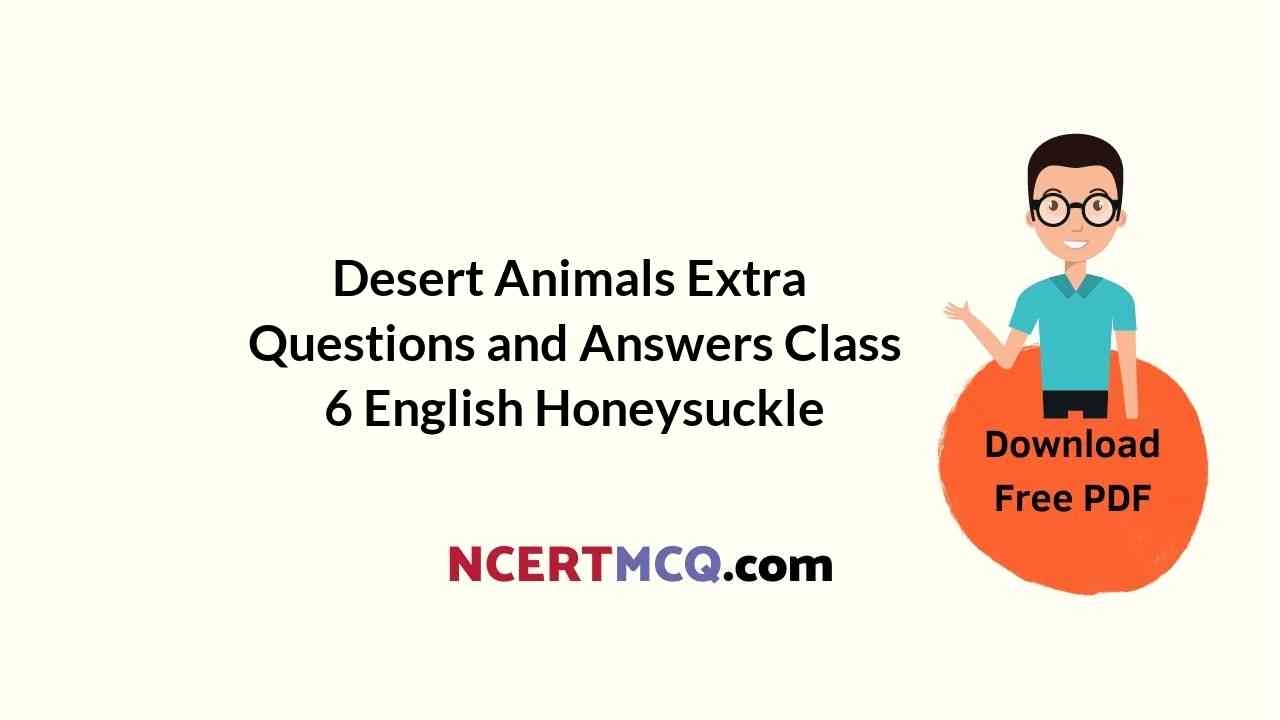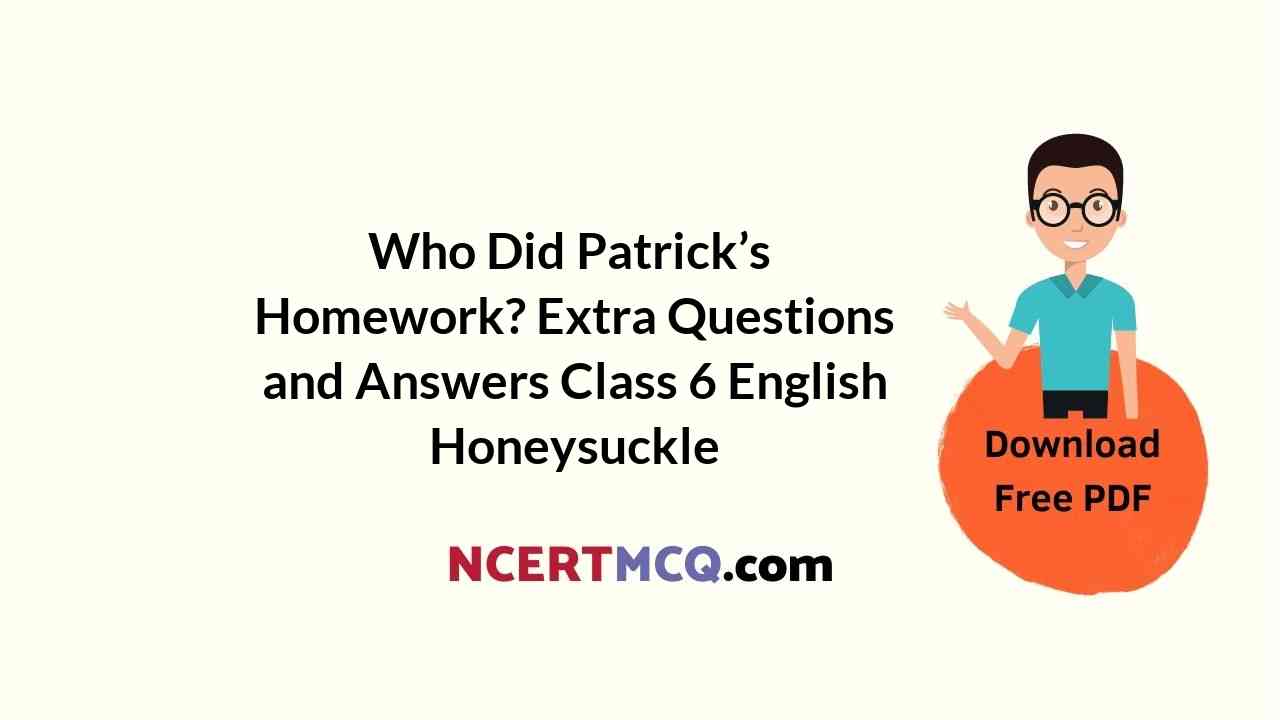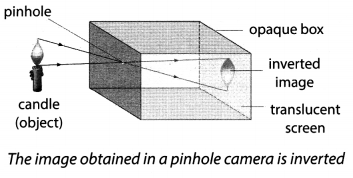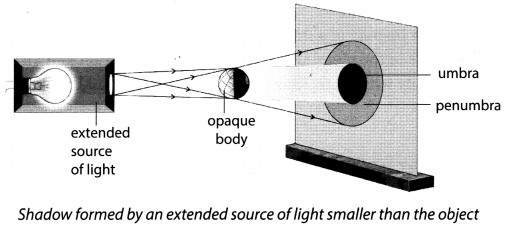Here we are providing A House, A Home Extra Questions and Answers Class 6 English Honeysuckle, Extra Questions for Class 6 English was designed by subject expert teachers. https://ncertmcq.com/extra-questions-for-class-6-english/
A House, A Home Extra Questions and Answers Class 6 English Honeysuckle
A House, A Home Extra Questions and Answers Short Answer Type
A House, A Home Poem Extra Questions Class 6 Question 1.
What is house made of?
Answer:
A house is made of brick and stone.
A House, A Home Poem Extra Question Answer Class 6 Question 2.
What is a home?
Answer:
A home is where loving members of a family live together.
A House A Home Question Answer Class 6 Question 3.
Who lives in a home?
Answer:
Brothers, sisters, mother and father they all live together at home. Love binds family.
A House A Home Poem Extra Questions Class 6 Question 4.
What binds a family?
Answer:
Love binds a family.
A House A Home Extra Question Answer Class 6 Question 5.
What is the difference between a house and a home?
Answer:
A house is a structure of brick and stone. A home is made of loving and caring family members.
A House, A Home Extra Questions and Answers Reference of Context
A House A Home Poem Extra Question Answer Class 6 Question 1.
What is a house?
It’s brick and stone
and wood that’s hard.
Some window glass
and perhaps a yard.
It’s eaves and chimneys
and tiles floors
and stucco and roof
and lots of doors
Explanation
The opening lines the poet enquires about what a house is. The materials like brick, stone and hard woods are used to build a structure. Window panes are fixed, walls are decorated with stucco, and flooring with tile beautifies it. It has chimneys and a lot of doors perhaps with a yard.
(i) Who wrote the poem?
(ii) What are the basic elements to build a house?
(iii) What are the accessories required for a house?
(iv) What materials are used to beautify it?
(v) What is Stucco?
Answer:
(i) ‘Lorraine M Halli’ wrote the poem.
(ii) The basic elements to build a house are brick, stone, wood and cement.
(iii) A house requires doors, roof, walls, windows and chimneys etc.
(iv) Tiles and stucco are used to beautify a house.
(v) Stucco is fine plaster used for coating wall surfaces or moulding into architectural decoration.
A House A Home Poem Question Answer Class 6 Question 2.
What is a home?
It’s loving and family
and doing for others.
It’s brothers and sisters
and fathers and mothers.
It’s unselfish acts
and kindly sharing
and showing your loved ones
you’re always caring.
Explanation
The poet tries to analyse what a home is. He says that family loves and do things for each other. All the members of the family take care of each other. Unselfish act, sharing and showing concern for each other makes a family.
(i) How successful is the poet in differentiating a house from a home?
(ii) What should be done by the family members?
(iii) According to the poet, who are the member of a family?
(iv) The poet used ‘always’ for taking care of each other. Why?
(v) Give synonym of‘unselfish’.
Answer:
(i) Both are structures but home is where a family lives.
(ii) The family members should be kind, loving and caring.
(iii) Brothers, sisters, father and mother make a family.
(iv) ‘Always’ shows that care is an ongoing process and it should go on.
(v) Kind, benevolent.

